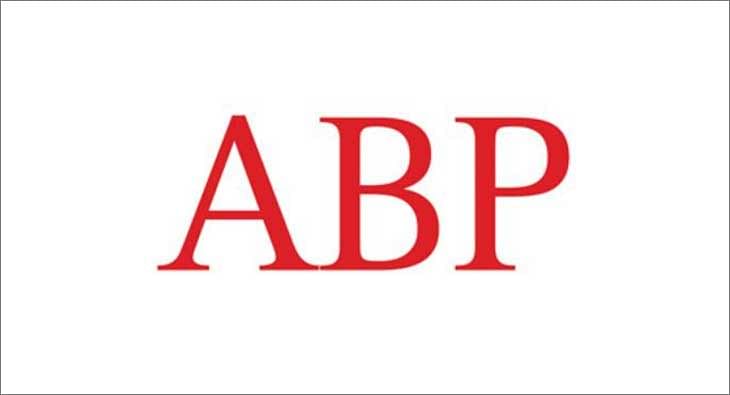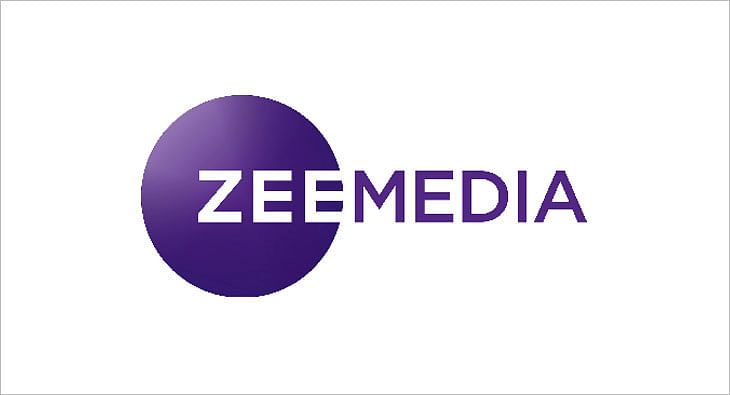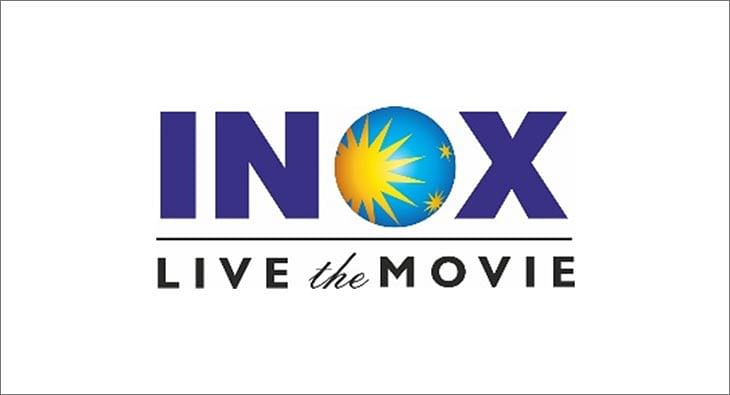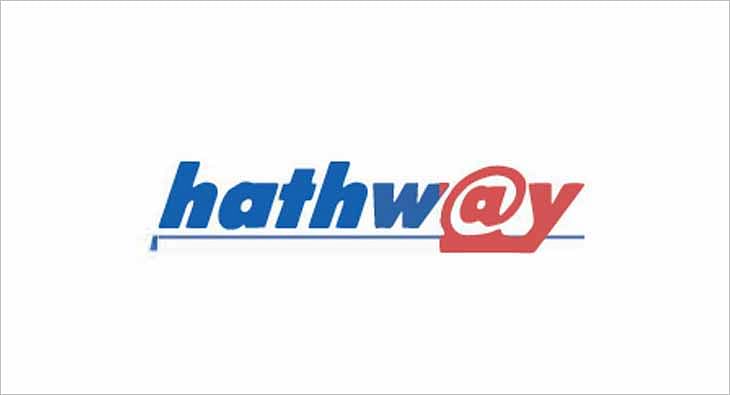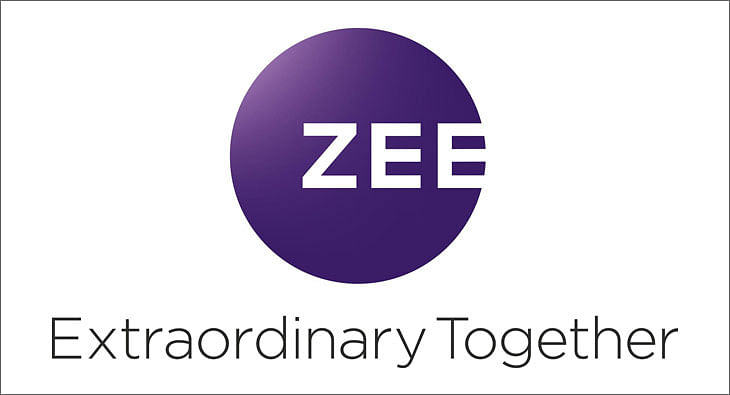Guest Column Retrofit: Kampani and Raju – different treatment
Making a case for an efficient nodal agency and system to fight white collar crime in India, veteran journalist <b>Sandeep Bamzai</b> brings out the different treatment meted out to major Dalal Street player Nimesh Kampani and the disgraced Ramalinga Raju of Satyam Computers.

On Mumbai’s D Street – Dalal and Deal – three Ks or Kings, as they are called in local lingua franca, have dominated the show for many years. The Harshad Mehtas and Ketan Parekhs have come and gone, but Hemendra Kothari, Nimesh Kampani and Uday Kotak have survived the visccitudes of time and market upheavals. If there is a big ticket M&A deal in India Inc, one of the troika would have to be involved in it.
Iconic investment banks Merrill Lynch, Morgan Stanley and Goldman Sachs, whose names are now mud, first traveled to India, shepherded by Kothari, Kampani and Kotak. Two other famous names have also been poster boys of the stock market for the last 15-odd years. They were known as Ram and Lakhan by market movers, but sadly they aren’t together anymore. I am referring to Mukesh and Anil Ambani. But that is not the subject of this treatise.
Of the three Kings, Nimesh Kampani is the man who is dogged by trouble these days. Last week, a strange story popped up on the front page of Hindustan Times. Known for its shoddy business coverage, I was shocked to see an article titled ‘Who or what sent Kampani into hiding?’, and was curious to know what new development had taken place in the four-month old case to warrant a page one in HT suddenly. After reading the story, I was even more curious, for it told me nothing new. So, why do the story? The Kampani case is older than the Ramalinga Raju fraud in Satyam. If my memory serves me right, Kampani would have fled India round mid-December. For the uninitiated, let me provide a quick sequence of events.
JM Financial promoter Nimesh Kampani is wanted in a criminal case registered against Nagarjuna Finance Ltd under the Andhra Pradesh Depositors of Financial Establishments Act for failing to return money to the depositors. Approximately Rs 100 crore is involved in this case. Missives were sent to all international airports posting lookout notices against Kampani and the other accused in the case as far back as December 17, 2008. Despite that, Kampani reportedly fled India and is believed to be in Dubai. All known facts. Kampani was an independent director on the board of NFL and resigned in 1999. Despite that, he is being hunted. And nobody can do a damn thing about it. One of India’s top bankers is on the lam.
Now the question is why? At the very kernel is a subject that I am very familiar with. For I know some of the dramatis personae. Sometime in 2006, top notch American private equity giant Blackstone Capital made its first big bang investment in India. Target – Ushodaya Enterprises, owner of Ramoji Rao’s vast media and entertainment empire. The investment turned media and entertainment industry valuations on its head. People were running like headless chickens when they heard the astounding numbers. Twenty six per cent stake in Ushodaya, owner of ETV, Eenadu and Ramoji Film City, for $275 million was a large sum of money.
After the hype came the crisis. The deal hurtled from one crisis to another till it was scuppered for lack of regulatory clearance. Blackstone’s Akhil Gupta is a friend of mine and I remember how anxious he was those days when the guillotine hung over the deal. Word was also sent to me by Ramoji Rao’s close aides on what course of action was required next. I don’t know the media baron personally, but I know a thing or two about media and entertainment.
It all came to nought. The deal was scuttled as Ramoji Rao was in the crosshairs of the Andhra Pradesh government. Rao was close to NTR and later Chandrababu Naidu. In fact, many consider him to be the brain behind the formation of the Telugu Desam Party. At the kernel of the case was political patronage. In many ways, a reprise of the Satyam/Raju case. When Ushodaya and Ramoji Rao were being taken down a notch or two by political machinations, a white knight emerged to bail them out. That is when Nimesh Kampani stepped into a ring of fire. He ploughed in Rs 1,200 crore through Equator Trading Enterprises Pvt Ltd, a special purpose vehicle. And that is when his troubles began, no multiplied.
The day after HT carried the story on page one, Mail Today wrote a counter – ‘Police say Kampani must face the law’ – penned by their correspondent in Hyderabad. While the HT story quoted Nimeshbhai’s son Vishal as saying that they were likely to move Supreme Court shortly, the Mail Today story was tangentially different. It began by saying, “Kampani has no option but to surrender before the Andhra Pradesh police and face trial if he wants to come out clean and prove his innocence”. HT was serving to protect, Mail Today was bringing him down from the pedestal. Interestingly, Kampani’s anticipatory bail plea has also been rejected by the Andhra Pradesh High Court. The story stated, “And if he moves Supreme Court for bail, the state police is planning to oppose it.” Incidentally, Kampani is also an investor in Maytas Properties, sister company of the tainted Satyam Computers.
So, even as all this drama is unfolding and newspapers are reporting on events which took place four months ago as if they happened only yesterday, I still don’t understand why these stories appeared out of the blue. Was the independent director culpability angle involved in the HT story? Should they be prosecuted and harassed? Are they responsible for fraud committed by promoters? Yes, these are serious ethical issues that have no definitive answers as we have seen in the Satyam case. The independent directors on the board of Satyam – eminent personages TR Prasad, Krishna Palepu, Mendu Rammohan Rao and others – have all got away scott free. Ironically, the epicentre of Satyam is also the same Hyderabad, just as Global Trust Bank was a few years ago. What is it about Telugu biddas that a wave of scams has taken place in Hyderabad?
Now we come to the larger issue. If Ramalinga Raju and company are still lodged in jail and have not been prosecuted till date, isn’t there a fundamental flaw in the Andhra Pradesh prosecution system? On the one hand, a hunt is on for Kampani in a Rs 100-crore fraud. On the other hand, a Rs 7,600-crore fraud indicted, no self-confessed promoter is happily ensconced in jail. Justice was impeded repeatedly as first SEBI, then SFIO and finally CBI were not given custody of the errant Rajus. Isn’t the sense of proportion distinctly amiss? Till date, we are not aware of the extent of the malfeasance in Satyam. Yet, the company is being sold to the highest bidder by the government. There is no clarity on the width and depth of the fraud. There are reports of fudged bank accounts, fudged employee numbers, fudged contracts, spiked invoices, insider trading in shares and what have you. But do we have a case, are we in a position to throw the book at Raju, do we want to indict and prosecute him?
Public memory is short. People tend to live and let live. Raju is safe, while Kampani is a fugitive. Please understand that this is not a case for Kampani, but a denouement of the justice system. We know that India needs an efficient nodal agency and system to fight white collar crime. We don’t have it and we are not prepared to do anything about it. From stories about the Satyam fraud, our news hounds are writing and airing stories on Satyam’s sale process. We are spending more time on whether BK Modi will bid or not? BK Modi was making a $100 million magnum opus on Buddha. It was to be directed by Shekhar Kapur. Dr Modi was also buying the 30-odd per cent held by individual Indian shareholders in Multi Screen Media aka Sony Entertainment TV. I wouldn’t want to speculate on the locus standi of both. Modi was never a serious player for Satyam, and yet media was in la-la land chasing him for quotes, while the more serious players were busy examining the company’s nitty gritty.
Our journos don’t want to help in prosecuting Ramalinga Raju, they want to chase shadows like Modi. I rest my case even as I still wonder why the Kampani stories surfaced after three months. Was the HT story a command performance? But at whose behest?
(Sandeep Bamzai is a well-known journalist who started his career with The Statesman in Kolkata in 1984. He has held senior editorial positions in some of the biggest media houses in three different cities - Kolkata, Mumbai and New Delhi - with The Indian Express, Illustrated Weekly, Sunday Observer, Dalal Street Journal, Plus Channel where he ran India's first morning business show on Doordarshan, The Times of India Group, Business India, Hindustan Times and Reliance Big Entertainment. Starting his career as a cricket writer, he graduated to becoming a man for all seasons under Pritish Nandy, who he considers as the premier influence on his career. Since he studied economics at Calcutta University, Bamzai decided in 1993 to branch out into business and financial journalism. Familiar with all three media, he is the author of three different books on cricket and Kashmir. The views expressed here are of the writer’s and not necessarily those of the editors and publisher of exchange4media.com.)
Read more news about (internet advertising India, internet advertising, advertising India, digital advertising India, media advertising India)
For more updates, be socially connected with us onInstagram, LinkedIn, Twitter, Facebook Youtube & Whatsapp
You May Also Like
HT Media posts Consolidated Total Revenue of Rs 580 crore in Q2
Chairperson and Editorial Director Shobhana Bhartia says due to lower commodity prices and control on costs there has been an improvement in operating profit
HT Media has posted a Consolidated Total Revenue for Q2, 2020 at Rs 580 crore.
As per a statement released by the company, EBITDA for Q2’20 increased by 139%, and margins at 14% vis-à-vis 6% in previous year. This has been driven by softening of newsprint prices and continued focus on cost.
The Net Cash position at a consolidated level continues to be strong.
The Print ad revenue has declined due to sluggish volumes, even as yields have improved. National advertising continues to be soft, although local advertising witnessed growth.
Savings in raw material costs have driven improvement in EBITDA margins.
Chairperson and Editorial Director Shobhana Bhartia said, “Slowing economic growth has hit advertising spends in key categories, putting pressure on revenues across the media industry. As a result, our Print and Radio (on like to like basis) businesses saw revenues dip as compared to a year-ago. However, thanks to lower commodity prices and a tight control on costs, we saw an improvement in our operating profit. On the digital front, Shine, our online recruitment portal has shown good progress and continues to grow. Our outlook for the coming quarter remains cautious, given overall economic sentiment and macroeconomic trends. Cost-control and falling commodity prices should help protect our margins.”
Read more news about (internet advertising India, internet advertising, advertising India, digital advertising India, media advertising India)
For more updates, be socially connected with us onInstagram, LinkedIn, Twitter, Facebook Youtube & Whatsapp
ABP Group posts Rs 15.70 crore as net profit in Q1 FY20
The group’s total operating income stands at Rs 365.55 crore
ABP Group has posted a net profit of Rs 15.70 crore in the first quarter of FY20, as per media reports.
The group’s total operating income stands at Rs 365.55 crore.
It’s net profit for the fiscal ended March 31, 2019, was down 68% to Rs 31.90 crore compared to the previous fiscal.
The Profit Before Interest Lease Depreciation and Tax (PBILDT) has also dropped 53.52% to Rs 107.12 crore.
The group has six news channels - ABP News (Hindi), ABP Ananda (Bengali) ABP Majha (Marathi) and ABP Asmita (Gujarati), ABP Sanjha (Punjabi) and ABP Ganga (Hindi).
Read more news about (internet advertising India, internet advertising, advertising India, digital advertising India, media advertising India)
For more updates, be socially connected with us onInstagram, LinkedIn, Twitter, Facebook Youtube & Whatsapp
Zee Media posts consolidated revenue of Rs 137.03 crore for Q2 FY20
ZMCL has recorded 4.4% growth in operating revenue for first half of FY20
Zee Media Corporation Ltd (ZMCL) has posted a 4.4 per cent growth in operating revenue to Rs 337.6 crore in the first half of FY20, as per media reports.
It has reported a consolidated revenue of Rs 137.03 crore for Q2 FY20.
In a statement, ZMCL has said: “During the quarter, the network expanded its footprint s into Southern India through the launch of Zee Hindustan in Tamil and Telugu languages. This is intended to make the network's content accessible to wider audience.”
The operating expenditure in Q2FY20 has dropped by 21.7 per cent.
The statement further said: “EBITDA for HlFY20 improved by 34.1 per cent to Rs 1,029 million from Rs 767.5 million EBITDA for H1FY19, while the same declined by 9.4 per cent to Rs 370.2 million from Rs 408.7 million for the corresponding period last financial year. EBITDA Margin grew from 23.7 per cent in H1FY19 to 30.5 per cent in HlFY20, while growing from 24.2 per cent in Q2FY19 to 27 per cent in Q2FY20.”
Read more news about (internet advertising India, internet advertising, advertising India, digital advertising India, media advertising India)
For more updates, be socially connected with us onInstagram, LinkedIn, Twitter, Facebook Youtube & Whatsapp
No slowdown here: In-cinema ad rates up by at least 50% for 3 big Diwali releases
Housefull 4, Made In China and Saand Ki Aankh ready to hit the silver screen this week, with the hopes of giving brands the eyeballs they look for in theatres
It’s that time of the year again when theatres gear up to pocket maximum gains. Diwali is here and there are three films ready to hit the silver screen this week--Housefull 4, Made In China and Saand Ki Aankh. The festive period brings much joy to exhibitors, distributors and theatre owners because it ensures footfalls, giving brands the eyeballs they look for. In fact, industry experts don’t feel that economic slowdown this year has impacted in-cinema advertising. While they are concerned about three movies clashing during Diwali, they predict 50-100 per cent rise in ad rates during this period.
Advertising moolah
Mohan Umrotkar, CEO, Carnival Cinemas, is expecting 60-70 per cent surge in advertisement topline compared to last year. “Going by the buzz and advance booking for these three releases, market is bullish. Advertisers have blocked most of the advt-slots during the festival period. Housefull 4, Made In China and Saand Ki Aankh all combined together should generate around Rs 350 crore topline at the box office during the festival week. We are expecting 60-70 per cent surge in the advertisement topline from last year. Also, this year we have added around 14 per cent new advertisers, and 4 per cent of them are first-time cinema advertisers,” he says.
But according to Siddharth Bhardwaj, Chief Marketing Officer - Head of Enterprise Sales, UFO Moviez, things have changed a lot in the last couple of years. “Since some films have not really lived up to their expectation, advertisers are spreading the spends all through the year. They are picking up far more number of titles in the year rather than focusing only on Diwali or Eid.”
“It is good for the industry because you can monetise the inventories beyond just big weeks. A lot of content- driven films have come up which has given us the opportunity to monetise more markets. It has put lesser pressure on Diwali. Most of the cinemas are sold out for Diwali. It becomes difficult to accommodate everything,” Bharadwaj opines. He also reveals that for this week, the inventories are already full.
Diwali ad rates
Experts reveal that ad rates differ from property to property and depends on location as well. But Diwali surely sees a massive hike in rates. This year, theatre owners are expecting 100 per cent rise in ad rates. While Umrotkar revealed that for Diwali, they are charging 100 per cent higher than the regular card rates, Girish Johar, trade analyst and film producer, shared that even the rates for putting up kiosks of brands go up during festivals like Diwali.
“It’s based on property. On a ballpark, ad rates double up. So if you are putting up a kiosk, they charge say Rs 50,000-25,000 for a month. During Diwali, they charge almost double because of the kind of footfalls theatres witness,” Johar revealed.
Economic slowdown? Not for Cinema!
This year, brands have been pulling back their spends on other mediums due to economic slowdown, but cinema seems unaffected. Calling entertainment business recession-proof, Johar explains, “If you see the other side, box office is up by 15-20 per cent. Yes, it is a bit subdued because the brands are in a wait-and- watch scenario. They are increasing their focus around consumption rather than awareness.”
Bharadwaj too seconded it by saying, “These are challenging times but our medium is very efficient. If you see economy has slowed down, but the cinema has grown instead.”
Clash cover
Three movies are clashing this Diwali which means shared screens and box office gains.
“It’s never good for us when two or more big-ticket films release together. If they would have come on different dates, there are chances that more advertisers will take advt. inventory in those weeks separately instead of that one particular week,” shares Umrotkar.
Read more news about (internet advertising India, internet advertising, advertising India, digital advertising India, media advertising India)
For more updates, be socially connected with us onInstagram, LinkedIn, Twitter, Facebook Youtube & Whatsapp
INOX Leisure Ltd sees 42% growth in total revenue
Profit After Tax up 327% to Rs 51 crore
INOX Leisure Ltd (INOX) has reported financials for the second quarter ending September 2019.
Its total revenue has risen to Rs 524 crore with a 42% growth from Rs 369 crore in the corresponding quarter in FY19. Its EBITDA has more than doubled to Rs 107 crore with a 121% growth, while the PAT stood at an impressive Rs 51 crore, up 327% from previous year’s second quarter.
Siddharth Jain, Director, INOX Group, said: “At INOX, setting new benchmarks is now a routine, thanks to our consistently sharp focus on luxury, service and technology and our uncompromised desire to offer our patrons, nothing but the latest and the best! We are delighted with our remarkable consistency on all parameters, and we are sure about maintaining the momentum and focus on innovativeness. Content once again proved that why we term it as the ‘hero’. Thanks to the creators of such spellbinding movies, which keep inviting our guests to our properties, and allowing us to pamper them with our signature hospitality. With the launch of Megaplex, we are delighted to further our endeavor of developing experience-driven cinema destinations of global standards, and we will continue to do so. On behalf of Team INOX, I assure all our stakeholders that we will continue to break barriers and exceed all expectations.”
Read more news about (internet advertising India, internet advertising, advertising India, digital advertising India, media advertising India)
For more updates, be socially connected with us onInstagram, LinkedIn, Twitter, Facebook Youtube & Whatsapp
Hathway Cable & Datacom reports 100% subscription collection efficiency in Q2
The broadband subscriber base has increased from the previous quarter’s 840,000 to 860,000
Hathway Cable and Datacom has reported subscription collection efficiency at 100%, and the broadband subscriber base has increased from previous quarter’s 840,000 to 860,000 in quarter ending September, as per media reports.
It has narrowed its consolidated net loss by 74% and the operating EBITDA has been reported 15% up to Rs 107.5 crore compared to Rs 93.1 crore a quarter ago.
The total income has dropped 2%, while the expenditure is down 6%.
In the financial results, the company has said the FTTH markets are leading growth in customer acquisition.
Read more news about (internet advertising India, internet advertising, advertising India, digital advertising India, media advertising India)
For more updates, be socially connected with us onInstagram, LinkedIn, Twitter, Facebook Youtube & Whatsapp
ZEEL posts 7.4% YoY growth in total revenue for Q2 FY20
ZEEL's domestic advertising revenue has grown 1.4% YoY in Q2FY20
Zee Entertainment Enterprises Limited (ZEEL) has reported a consolidated revenue of Rs 2,122 crore for the second quarter of FY20, recording a growth of 7.4% on YoY basis.
The Earnings Before Interest, Tax, Depreciation and Amortization (EBITDA) was recorded as Rs 692.9 crore with an EBITDA margin of 32.7%. PAT for the quarter was Rs 413.2 crore. The Profit After Tax (PAT) for the quarter was Rs 413.2 million, with a growth of 6.9% YoY.
During the second quarter, ZEEL’s consolidated advertising revenue grew by 1.2% YoY to Rs 1,224.7 crore. The domestic advertising revenues grew by 1.4% YoY to Rs 1169 crore.
ZEEL has posted 26.8% YoY growth in Q2FY20 domestic subscription revenue. ZEEL’s consolidated subscription revenue grew by 19.0% to Rs 723.5 crore during the quarter.
ZEEL’s total expenditure in Q2FY20 stood at Rs 1429.1 crore, higher by 9.9% YoY compared to Q2FY19.
While ZEE5 recorded a peak DAU (Daily Active User) base of 8.9 million in September 2019, ZEE5 users watched an average of 120 minutes of content on the platform in the same month.
During Q2 FY20, the television network had an all-India viewership share of 18.4%.
During the quarter, ZEEL’s international business revenue was Rs 208.2 crore. The advertising and subscription revenues for international business declined by 4.0% YoY and 21.5% YoY, respectively.
Zee Music Company has registered 7.1 billion views on YouTube in Q2.
Punit Goenka, Managing Director and CEO, ZEEL, said, “I am pleased with the performance we have exhibited during the quarter. Our entertainment portfolio continues to grow from strength to strength across all formats and maintained its leading position. Our television network has emerged stronger post the implementation of tariff order on the back of a strong customer connect and brand pull of its channels. ZEE5 continued to gain traction across audience segments and markets, driven by its compelling content library and expanding list of partnerships across the digital eco-system. This strong operating performance allowed us to deliver industry leading growth in both advertising and subscription despite the tough macro-economic environment. Domestic subscription growth of 27% has reaffirmed the value proposition our television network has built over the years. The impact of tariff order has now largely settled down and has brought increased transparency along with improved monetization. Our domestic advertising revenue growth, though significantly lower than historical trend, is higher than the industry growth. We have witnessed an improvement in ad spends through the quarter and we believe that the onset of festive season along with measures taken by the government will help revive the consumption growth.”
Read more news about (internet advertising India, internet advertising, advertising India, digital advertising India, media advertising India)
For more updates, be socially connected with us onInstagram, LinkedIn, Twitter, Facebook Youtube & Whatsapp




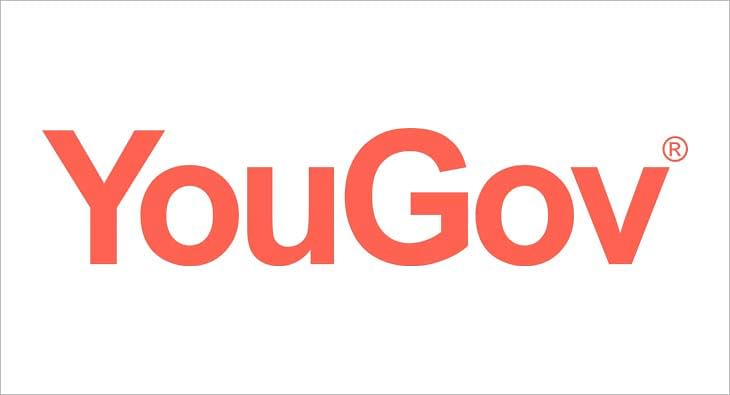
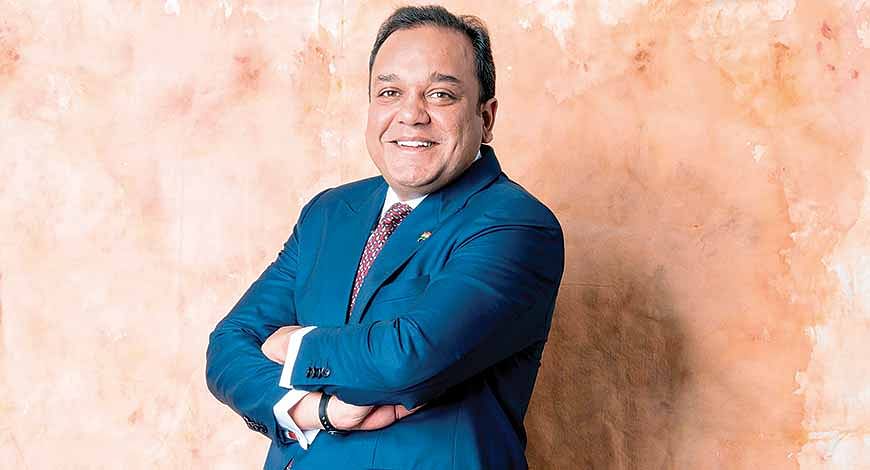








 Share
Share